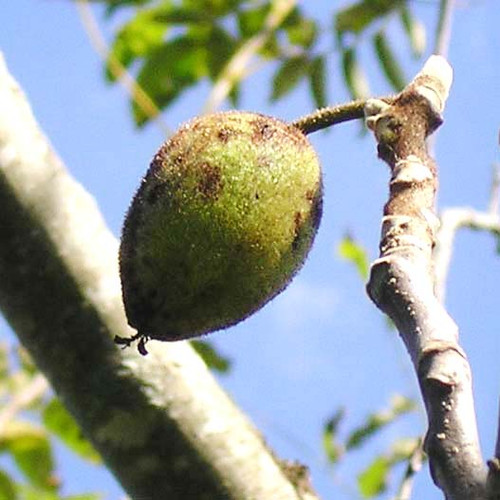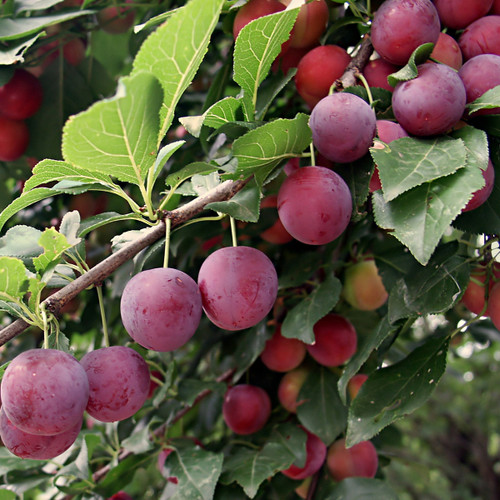Product Overview
Cannot Ship To:AK,HI
Staghorn Sumac – Thickly Coated in Hairs of Rusty Hue
Why Staghorn Sumac (Rhus Typhina)?
The staghorn sumac, also known as Rhus Typhina, is a flowering plant endemic to eastern North America and a member of the Anacardiaceae family. Although it is predominantly native to the southeastern region of Canada, it is commonly grown as an attractive plant across the temperate globe. The leaf petioles and stems are thickly coated in hairs of a rusty hue, and the branches have a velvety feel and a forking pattern that reminds one of the antlers.
The plant has a high concentration of tannins, but the root is the only portion of the staghorn sumac that cannot be used as a natural dye or mordant. The rest of the plant may be utilized in its entirety.
Humans may consume the fruit of sumacs. They may be reconstituted into a pink "lemonade," often known as "Indian lemonade," by rehydrating in cold water, rinsing, straining, and adding sugar.
Native American cultures smoked the leaves and berries of staghorn sumac by combining them with tobacco and many other plants. This technique is still being carried out but to a much lesser extent.
Please Read Our Store Policies HERE Before You Order!!
Interactive Excerpt From USDA Plant Guide








